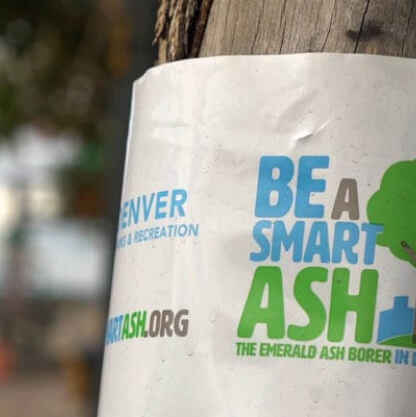Create Messages that Stick
Messaging is the foundation of any marketing communications program; and developing messages that are memorable and will resonate is one of the most challenging of all communications tasks.
Case in point: How many times have you been introduced to someone who started talking about his business and within 30 seconds you realize you still don’t know what he does? Unfortunately, this scenario happens all too often. It’s not that the person describing his business doesn’t know what he’s talking about; it’s that he’s not using messages that resonate with you.
Whether you are creating messages for your company, organization, new product or campaign, the steps you take are all the same. The first step should be to create one overarching key message that describes the core business. Think of this as the elevator speech or 30-second commercial and how you answer the question, “What does your organization do?” While the tendency is to try to fit everything, including the kitchen sink, into your 30-second commercial, don’t fall into that trap. Keep it to a couple of simple sentences.
Let’s assume that you’re creating key messages for a nonprofit organization, a food pantry that provides free food to individuals and families.
Community Food Pantry is Denver’s largest volunteer-driven food pantry – a marketplace where people shop for free, nutritious food. Also,
Community Food Pantry teaches classes on healthy living and nutrition, provides supportive services and other resources that lead people toward self-sufficiency.
Key Messages
Once you have the overarching message, create three – four key messages that support the elevator speech but go into more detail about the core business and the target audiences you serve. As you’re creating your key messages, always keep those target audiences in mind.
Using the example of the food pantry, key message #1 should focus on whom you serve or your reason for being.
Community Food Pantry distributes two to three tons of free food to as many as 100 families daily.
Message #2 should focus on the organization and how it serves the community efficiently and cost-effectively.
Community Food Pantry is a
model of efficiency, stewardship and stability, from its low administrative costs and vast volunteer base, to how it secures and distributes food, toiletries and other resources to help people in need.
Message #3 can focus on finding solutions to end hunger in the community.
Community Food Pantry educates and mobilizes the community to effect solutions to end hunger, poverty and homelessness.
Supporting Points/Proof Points
Once you have your three key messages developed, create supporting points that will back up those messages and bring them to life. Include data, facts, testimonials and real-life examples. Aim to come up with three or four strong proof points for each key message.
- More than 200 volunteers a week work at Community Food Pantry; this keeps overhead costs low, allowing for 95 percent of all dollars raised to be directed to the people we serve.
- Last year, more than 600 families participated in nutrition classes to learn how to make better food choices and cook on a limited budget.
Test Messages
Once you’ve created your messaging document that includes the elevator speech, three key messages and proof points, your work is not done. It’s critical to test out the messages on people who are not familiar with the organization. These could include friends, family, neighbors, etc. If the messages aren’t clear and concise to people outside the organization, rework them until they are.
Key messages about the organization are too critical to be left to chance. Once you have them nailed down, they should be incorporated into all of your marketing communications tools, including:
- Website
- Collateral
- Social media properties
- Media materials
In addition, the key message document should be shared across your organization and used in media training, speaker training, new employee orientation, etc. The more your messages are made part of your organization’s daily language, the more likely your organization will be understood and you will achieve your communications goals.



